Vietnam’s Aquaculture Goes Green: From Global Trend to National Strategy
What Does “Greening” Mean in Aquaculture?
In essence, greening refers to the transition toward environmentally friendly production models that use resources efficiently, ensure social welfare, and preserve ecosystems. In the aquaculture sector, greening involves:
Reducing emissions, minimizing the use of chemicals and antibiotics
Promoting ecological, circular, and low-impact farming models
Conserving aquatic biodiversity and natural resources
Ensuring traceability and transparency in the supply chain
Utilizing by-products in line with the circular economy
Embracing digital transformation for smarter management
Greening is not only about meeting global consumer expectations but also about protecting Vietnam’s natural resources for generations to come.
Clear Progress in Vietnam’s Green Aquaculture Transition
1. Expansion of Ecological and Circular Farming Models
In the Mekong Delta—Vietnam’s aquaculture heartland—green models are gaining traction:
Shrimp–Mangrove Farming (Ca Mau): Shrimp are raised naturally under mangrove canopies without chemicals, earning eco-certifications like Naturland and EU Organic.
High-Tech Super-Intensive Shrimp Farming (Bac Lieu, Soc Trang): These models use RAS (Recirculating Aquaculture Systems) and biofloc technologies to reduce pollution, conserve water and energy, and boost productivity by 3–5 times.
Pangasius Farming under GlobalG.A.P. and ASC Standards (Dong Thap, An Giang): Biological feeds and strict water quality controls help produce fish that meet European and American market requirements.

2. Processing Sector Embraces the Circular Economy
Once criticized for wasting by-products, Vietnam’s seafood industry is now making great strides:
Vinh Hoan Corp leads in producing collagen and gelatin from pangasius skin, exporting to Japan and Europe.
Minh Phu Seafood has built a closed-loop wastewater treatment plant and uses sludge to make bio-fertilizer.
Nam Viet Corp runs an integrated supply chain from farming to processing, utilizing all by-products for animal feed.
These steps reduce environmental impact and increase value-added, moving the industry closer to a true circular economy.
3. Traceability Becomes Mission-Critical
Demand for traceability is rising in major markets like the EU, US, and Japan. Vietnamese enterprises are investing in:
Blockchain technology
QR codes for origin tracking
Farm management software and e-logbooks
Government agencies are also implementing the Vietnam Digital Management System (VDMS), digitizing vessel registration, catch logs, and raw material tracking. These efforts are key to lifting the EU’s IUU (Illegal, Unreported, Unregulated) yellow card on Vietnamese seafood.
Barriers on the Path to Sustainability
Despite the progress, several challenges remain:
Fragmented production: Most farming households are small-scale and lack value chain linkages, making it hard to adopt new technologies or meet international standards.
Limited capital and access to technology: Green transformation requires large investments in infrastructure, water treatment, and advanced farming systems—yet many SMEs struggle to secure green finance.
Low awareness and skills: Some farmers still lack understanding of sustainable practices. Training and technical support are insufficient.
Inadequate legal and policy framework: Incentives are scattered, and specific support mechanisms for green models are still lacking.
Greening Is Not Just a Responsibility—It’s a Strategic Opportunity
If done right, greening opens the door to immense opportunities:
Boosting global competitiveness in an era of strict environmental and traceability standards (e.g., EVFTA, CPTPP)
Attracting international investment in green processing, renewable energy, and circular economy sectors
Unlocking higher-value market segments and appealing to eco-conscious consumers
Securing long-term livelihoods for coastal communities and avoiding overexploitation

The Way Forward: A Unified Effort
To realize a green future for Vietnamese aquaculture, collaboration is essential:
Government: Strengthen legal frameworks, offer green financing, invest in infrastructure, and promote R&D and training.
Businesses: Adopt new technologies, build sustainable brands, and integrate value chains.
Farmers and fishers: Raise awareness, adopt sustainable practices, and join cooperatives or linked models.
International organizations and development partners: Provide financial, technical, and technological support for the transition.
“Greening” is more than a global trend—it’s a lifeline strategy for Vietnamese aquaculture in the 21st century. Though the path ahead may be challenging, the groundwork is in place. Those who lead with innovation, responsibility, and long-term vision will unlock the greatest value.
With its strong foundation, Vietnam has every opportunity to become Asia’s Green Aquaculture Nation—where seafood isn’t just tasty and affordable, but also clean, transparent, and future-ready.
Source: aquaculture.vn
Aqua Mina's distributor in Japan: REX INDUSTRIES CO., LTD
- Address: 1-9-3 Hishiya-Higashi, Higashi-Osaka 578-0948 JAPAN
- Email: kimakubo@rexind.co.jp
- Phone: +81-(0)72-961-9893
- Website: http://www.rexind.co.jp/e/

WE WORK FOR YOUR SUCCESS!
Ngày đăng : 04/08/2025
1411 View
Other Articles
Vietnamese shrimp and catfish choose a sustainable path in global competition
End-of-Season Shrimp Prices Reach Record Highs
Norway – Russia Reach Barents Sea Fisheries Agreement for 2026
Cà Mau strengthens traceability to enhance the competitiveness of the shrimp industry.
Cold stress: Effects on the plasma characteristics of whiteleg shrimp.
A new breakthrough in the prevention of diseases caused by the microsporidian parasite EHP in shrimp farming
Vietnam’s shrimp export outlook in the first quarter of 2026 continues to face heavy pressure from tariffs.
New England’s shrimp fishery to shut down for the long haul after years of decline
Crab exports to the United States account for more than 80%.
Thailand sets a target to increase shrimp production to 400,000 tons by 2026.
CTU-RAS: Recirculating Shrimp Farming for Sustainable Development
Vietnamese aquatic products reach new markets








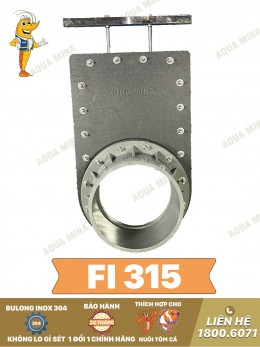
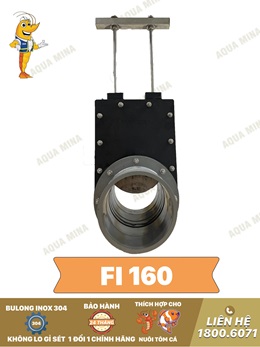
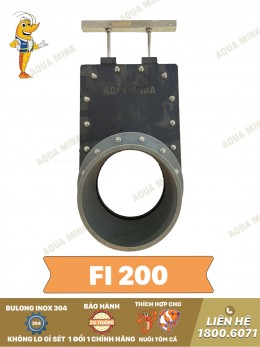
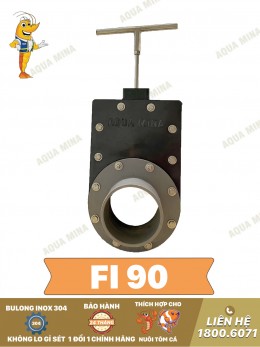
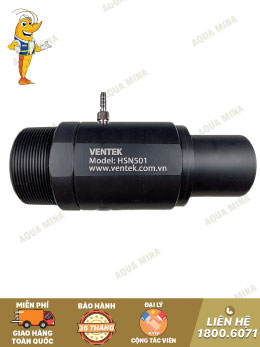
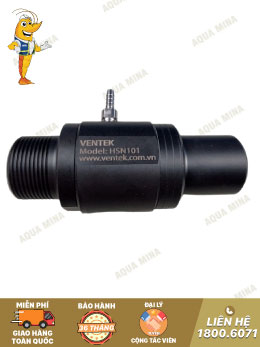
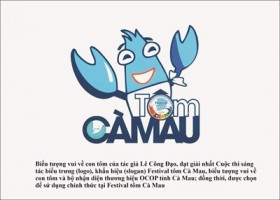
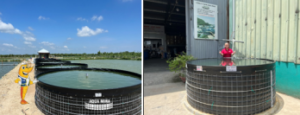
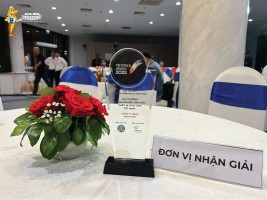
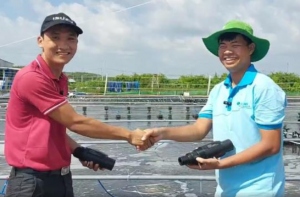
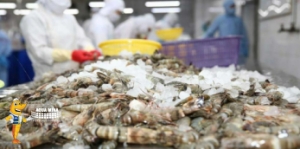
.jpg)